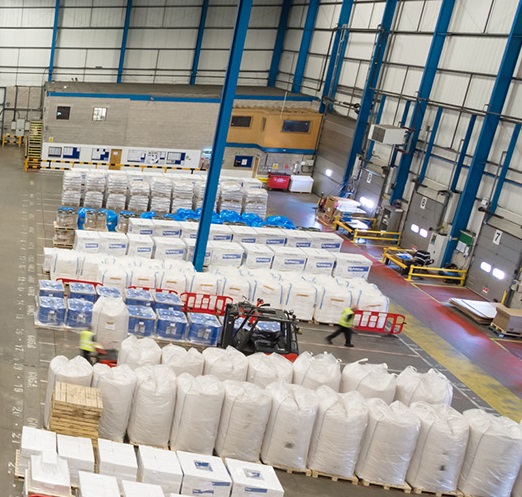You can rest assured that your warehouse, transportation vehicles and your cold rooms are all suitable for storing temperature and humidity sensitive products.
Our Temperature mapping report will serve as a solid proof that you have an effective supply chain system capable of dealing with temperature sensitive products.
Thermal Mapping or Thermal Validation is the method of validating or qualifying equipment and storage facilities, e.g., warehouses, storage facilities, refrigerators, freezers, incubators, autoclaves, ovens and chambers, SIP systems, etc.
Thermal mapping determines if the facility or equipment will maintain the temperature & humidity ranges you claim under your actual conditions of use.
If you are in the pharmaceutical, biotechnology, or healthcare industries, you need to have properly maintained, calibrated, and validated equipment and facilities, not just for regulatory compliance but for reliable and profitable operations. You need to do thermal mapping of your temperature controlled equipment.
What are the tests performed during thermal mapping?
You want to do a risk assessment before you do the thermal mapping so you can identify all of the tests you need to do based on your risks. You identify the required tests for your thermal validation study based on your risk assessment.
Common tests for refrigerators, freezers, and incubators include
- Temperature Distribution Test (Empty Chamber)
- Temperature Distribution Test (Loaded Chamber)
- Pull-down Tests
- Door Open Tests
- Power Loss Tests
- Alarm Tests
- Recovery Time Tests
Common tests for Autoclaves, Dry Heat Ovens include
- Temperature Distribution Test (Partial Load)
- Temperature Penetration Test (Loaded)
- Pull Down Tests
Other tests to consider based on your risk assessment include
- Compressor Switch Over Tests
- Compressor Failure Tests
- Fan Failure Tests
- Emergency Generator Cutover Tests
- Routine Use Tests

